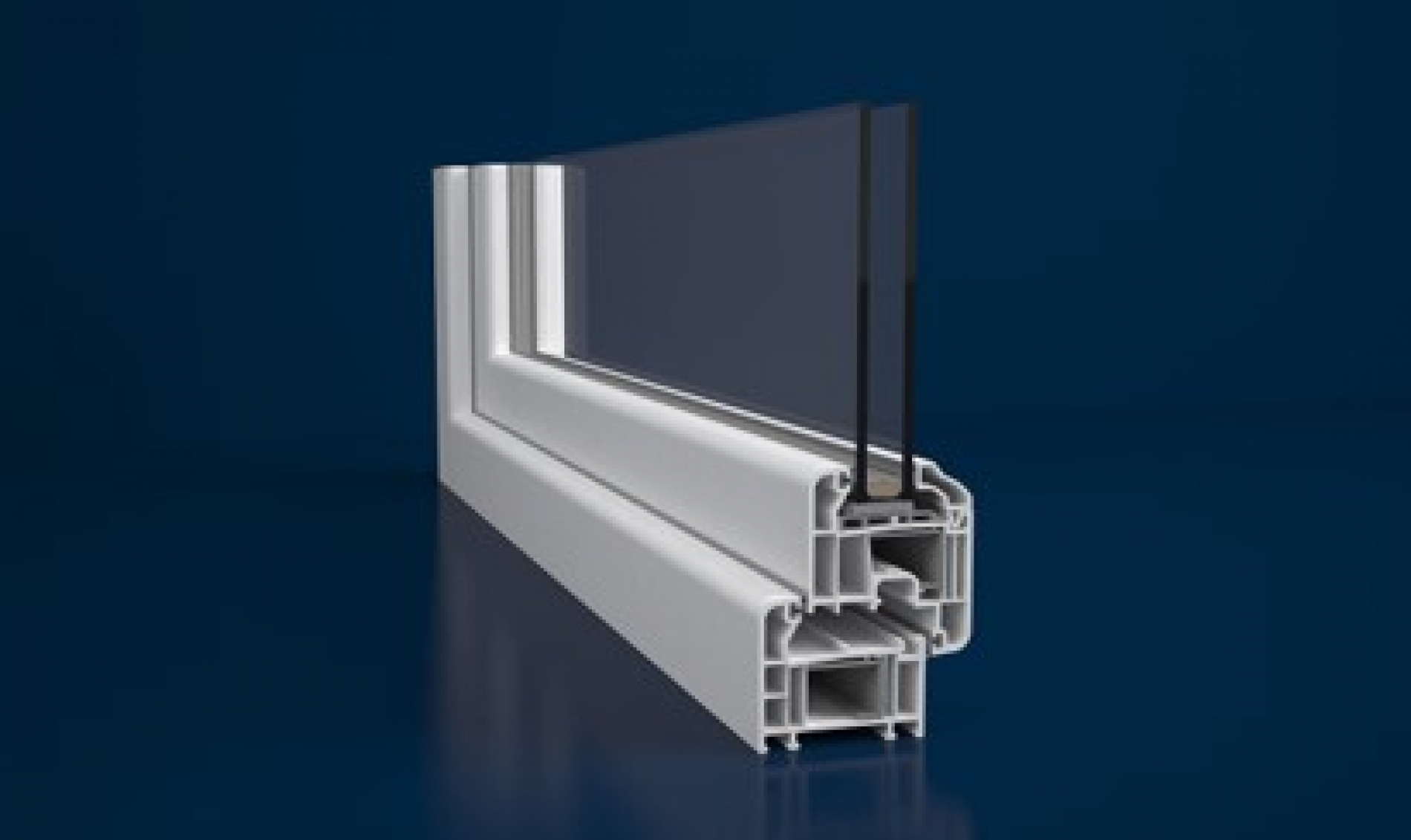It’s time to make the change to uPVC windows
Although we have seen a steady increment over the past five years, the uPVC window sector in Australia currently represents just 4-5 percent of the total window market here. Nevertheless, there is an expectation from most quarters of the industry that uPVC windows will become increasingly popular, just as they have in other major regions such as the US and Europe.
During his recent visit to Australia, we talked to Dr Peter Mrosik, owner/CEO of Profine GmbH – one of Europe’s leading producers of uPVC window profiles – for his views on what is holding back this market and what we might learn from the experience of other countries.
Peter explained that education of Australian consumers to understand that double-glazed uPVC windows offer benefits unmet by standard aluminium windows is paramount. They are still a relatively unknown product here.
It is also important, he said, to educate specifiers such as architects, particularly to raise awareness of the existence of high UV resistant profiles formulated for the Australian and other high UV markets. Many architects and designers are unsure about the suitability and benefits of uPVC windows in this country and the types of buildings and locations they are ideally suited to. Yet they are long lasting, low maintenance, resistant to salty coastal environments and can even be used in bushfire prone areas. We hope that theuPVC Window Alliancewebsite is a start in this process of sharing information.
Thirty – 40 years ago, the US and European markets saw significant and rapid growth of uPVC windows as manufacturers of aluminium products switched to uPVC, particularly in the face of government-mandated building energy efficiency requirements. Today, uPVC accounts for roughly 70 percent of all window sales in the US nationally; in Europe it is 55 percent. These changes were driven by preference for low maintenance, well insulated windows at a time of increasingly stringent building energy performance standards.
“uPVC windows are simply a better product,” Peter explained. “The market has started to move in Australia as it has in other countries, like China and India.”
However, Australia still lags major overseas markets when it comes to mandatory energy efficiency performance standards and codes. Even China, Peter pointed out, has government policies that are driving use of higher performing windows. Recognising the importance of energy efficient door and window products, Chinese energy codes set energy efficiency requirements for doors and windows, which has helped to drive take-up of higher performing products. For example, the maximum U-value permitted for windows in the country’s severe cold region has been 2.0 W/m2K since as far back as 1995! In 2010, this was reduced to a maximum of 1.5 W/m2K, raising the bar again on window performance.
Meanwhile, in Germany where Peter’s based, the government is moving new-build houses closer to the Passivhaus standard as its overall building energy policy moves in line with the nearly-zero energy standard required by the European Buildings Directive.
Although rates of use of insulated or double-glazing are growing in Australia, there is a lack of building energy policy drivers to encourage use of higher performing windows. As ourrecent articleshowed, of the Window Energy Rating System (WERS)-rated residential window products offered in Victoria, considered a heating climate, almost half have U values of 4 W/m2K or more. Less than 3 percent of products offered have U values under 2.0 W/m2K.
The most energy efficient window frame materials are those that will not transfer heat and cold, such as uPVC.
The change has started. Be part of it!







